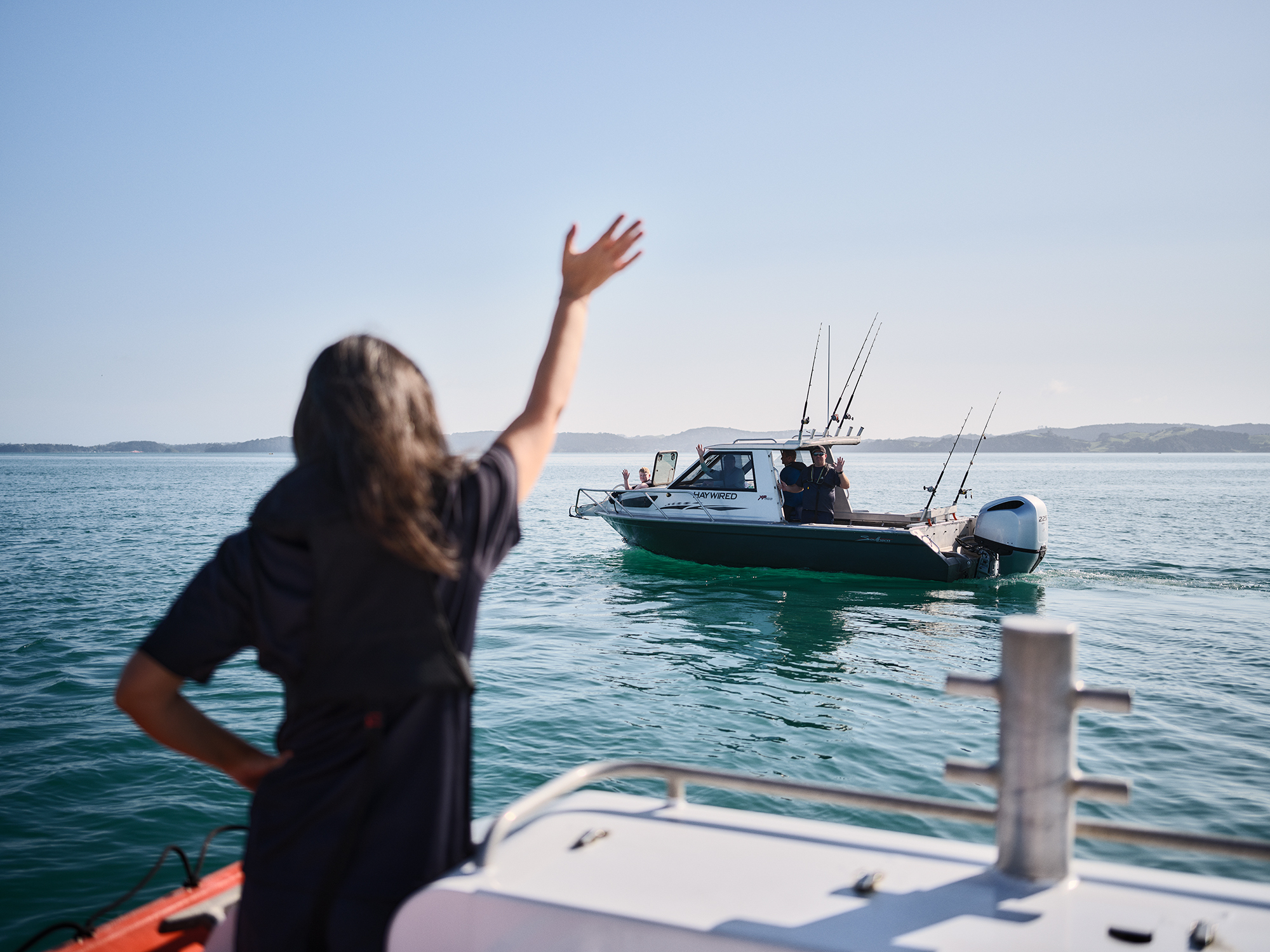The rules of the water are a bit different to on the road – what you do depends on what type of boat you are in, and you don’t drive on the left out here! Here are some handy illustrations, care of Maritime NZ to help you out.
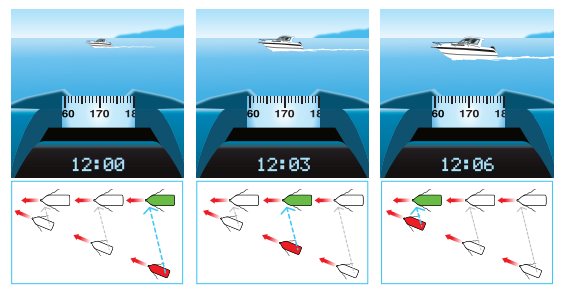
The first thing you need to do is determine if there is a risk of collision between you and another vessel. You can do this by taking a fixed point on your vessel and lining it up with another vessel. If that vessel stays on that fixed point, there is potential for a collision and you need to act in some way.
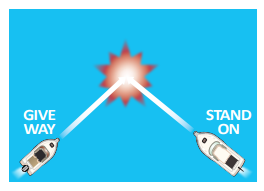
Determine if you are the give way or stand on vessel. Where two vessels are powered, the vessel that can see the other vessel’s left side (port side) is the give way vessel. Similar to coming up to a roundabout on the road, we give way to cars on the right of us.
The give way vessel needs to give way to the right and pass behind the back (stern) of the other vessel in this case.
The stand on vessel needs to maintain their speed and the direction they are heading but more importantly, keep a lookout to the give way vessel. If the give way vessel doesn’t give way, Maritime law states that you need to take action to avoid a collision.
When overtaking another vessel, you are deemed the give way vessel and must avoid the vessel in front of you. The picture below indicates what is deemed overtaking:
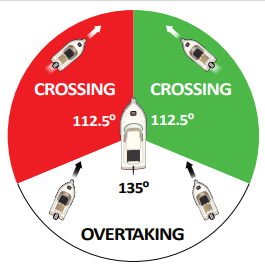

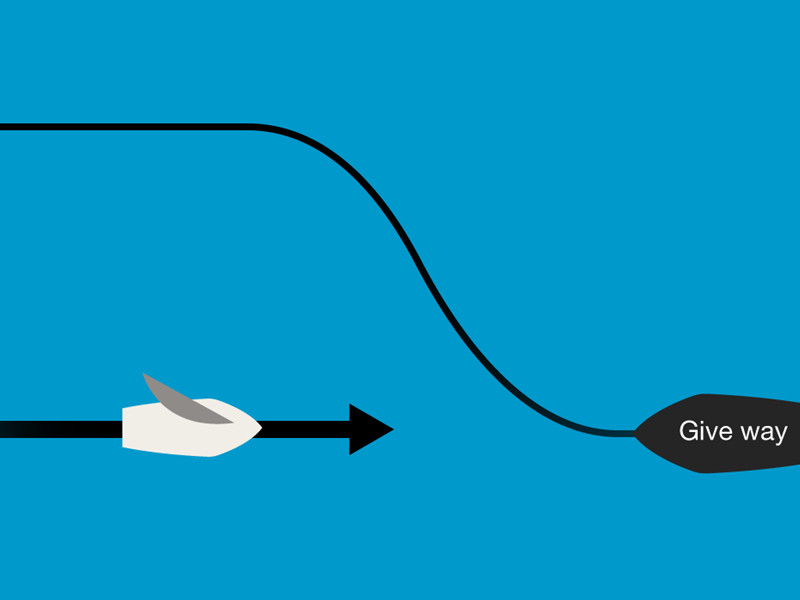

General give way rule in a head on situation
Keep to starboard: powerboats pass to the right, and you need to turn right (starboard) if approaching another powerboat head on

Giving way under power
Power gives way to non-power: that’s sail or paddle. If you can move faster, move out of the way.
Giving way under sail
If both sailing vessels are on the same tact (wind on same side), the vessel closest to the wind gives way.
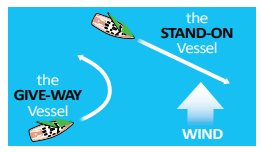
If there is wind on opposite sides of the two sailing vessels closing, the vessel with the wind over their right side (port) gives way.

The entering and exiting rule
Just like the passing rule, when you’re entering or exiting a harbour you need to stick to the right side of the channel, so other vessels can pass on your port side.
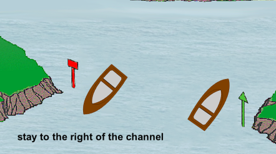
An easy way to remember which side you need to pass navigation markers on the sea is: Red to red coming in, opposites going out. This means keep the green navigation mark on your right side of your boat (Starboard) and the red navigation marker on your left side of your boat (Port) when you are heading into a harbour. When heading out of a harbour, the navigation markers will be on the opposite side - Red navigation marker goes to the right side of your vessel (Starboard) and so on.
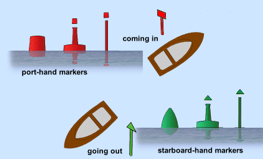
Avoid the flags
We understand if you’re feeling a little overwhelmed already, but there’s heaps more to know about identifying the different types of markers, what navigation lights to have on which boat, and what to do in an emergency.
The quickest way to get up to speed with all this and more is by taking a Coastguard Day Skipper course, it’s the best overview of all you need to know as a first-time skipper. New Coastguard members get $75 off the course and existing members get a discount too. Come on mate, get your ship together!
